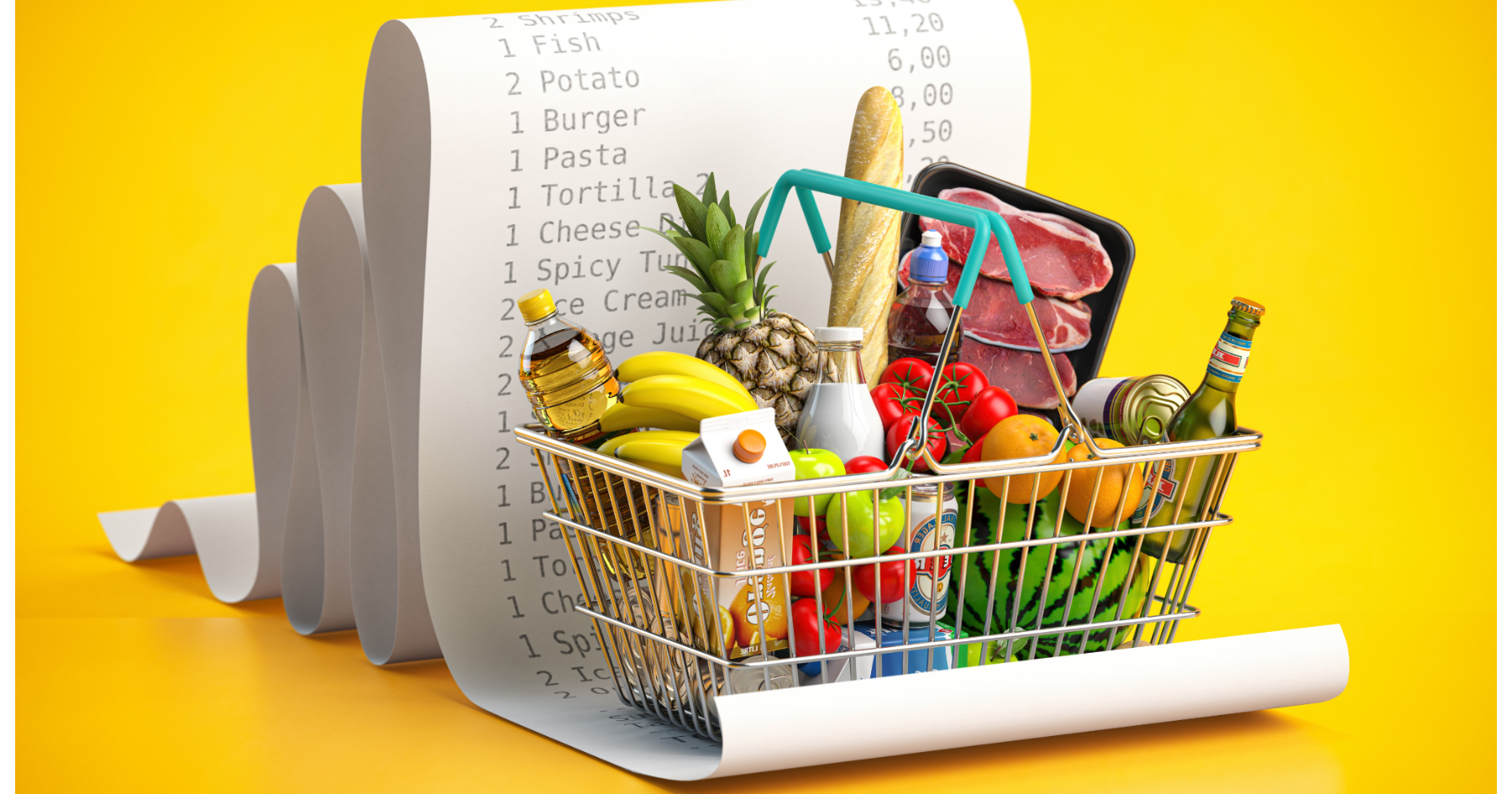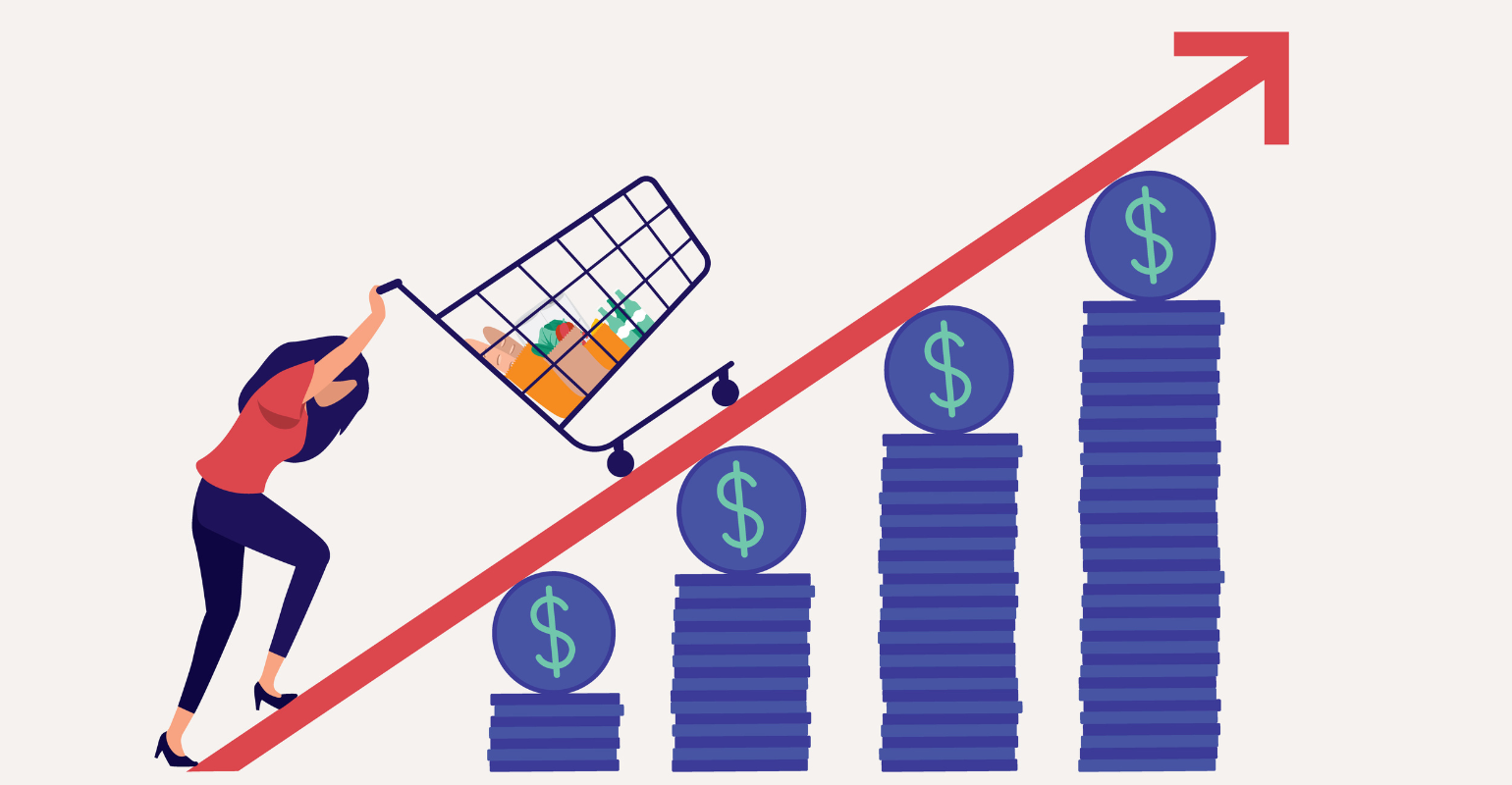The onset of the COVID-19 pandemic in early 2020 led to unprecedented global disruptions, significantly affecting the U.S. grocery landscape. As the federal government rolled out lockdown measures in March 2020, a complex web of supply chain interruptions, labor shortages, and heightened demand triggered a sharp rise in food prices, marking the beginning of a persistent inflationary trend.

Exploring the Causes Behind Skyrocketing Food Prices
Supply Chain Disruptions: The pandemic’s early days saw severe disruptions in food production and distribution. Workers were unable to return to farms and factories, leading to critical shortages in staple foods, from vegetables like kale to essentials like cereals and baked goods. These shortages were further aggravated by delays in transportation, compounding the scarcity and pushing prices upward.
Increased Demand and Consumer Behavior: With global borders shut and intermittent lockdowns becoming the norm, consumer demand for food surged unpredictably. This sudden spike in demand, coupled with slowed production rates, particularly affected items like meats and eggs, driving their prices higher. Imported goods such as coffee and sugar also saw significant price increases due to restricted international trade.
Why are groceries so expensive? A look at post-pandemic food price inflation https://t.co/jbfMXykgyi
— TheStreet (@TheStreet) May 11, 2024
Escalating Production and Transportation Costs: The costs associated with production and transportation saw a notable rise during this period. Energy costs soared, raw materials became pricier, and labor costs increased—all of which were passed down the supply chain, from manufacturers to retailers, and ultimately to consumers. Fuel prices, a critical component of transportation costs, peaked dramatically, with regular unleaded gasoline reaching $5.016 a gallon in June 2022, though they have since decreased somewhat.
Economic Reopening and Inflation Dynamics
As the severity of the pandemic subsided, the economy began to reopen, leading to a rapid acceleration in inflation across various sectors, including housing, fuel, and notably, groceries. The consumer price index (CPI), which measures overall inflation, notably increased from 1.4% in 2020 to 7.0% in 2021, highlighting the broad impact of these economic shifts. The subindex for food alone rose from 3.9% in 2020 to an alarming 10.4% in 2022, signaling some of the most substantial food-price hikes in recent decades.

Breaking Down the CPI: A Focus on Food
Food, as a critical component of the CPI, saw its share of fluctuations. While food at home experienced a jump of 24.7% in prices over a four-year period, dining out became even more expensive, with a 25.6% increase, reflecting the rising labor and ingredient costs at restaurants. This period of inflation has drawn comparisons to the Great Inflation era of the late 1970s and early 1980s, a time similarly marked by dramatic economic challenges and federal responses.

Navigating Post-Pandemic Grocery Price Surge
In response to these inflationary pressures, the Federal Reserve implemented a series of interest rate hikes, increasing the federal funds rate 11 times between early 2022 and mid-2023. Despite these measures, inflation rates have remained stubbornly high, compelling a cautious approach towards future rate adjustments.
The grocery price surge is a multifaceted issue stemming from global disruptions, economic policies, and shifting consumer behaviors. As we move forward, understanding these dynamics will be crucial in navigating the challenges of post-pandemic economic recovery and achieving stability in the grocery sector.










